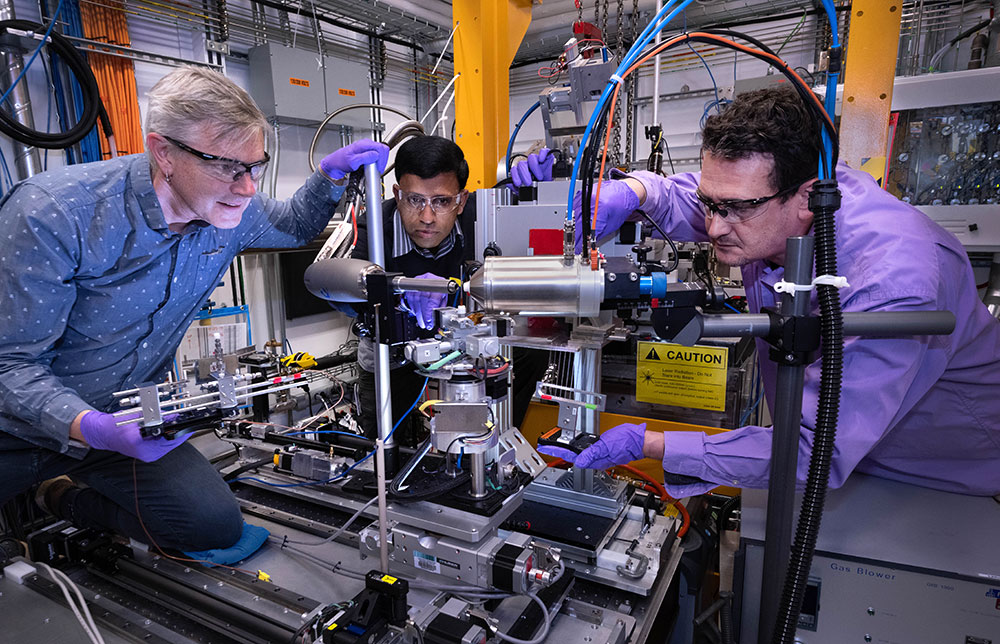Open-Source Reflectance and Thermal Property Databases
The Defense Systems Information Analysis Center received a technical inquiry for any public distribution material property databases near STP conditions, specifically for thermal and radiative properties of materials. No mention was made if the…



